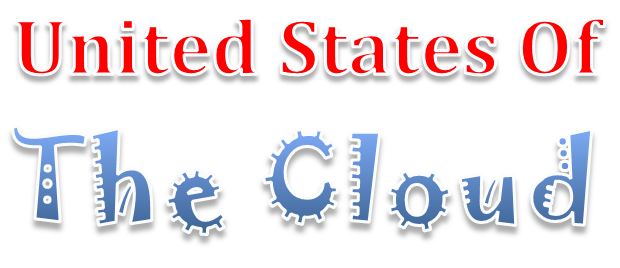We’re told endlessly how ‘running everything from the cloud’ shreds costs for startups, so does this mean that even government could be run cheaply, if they do this too?
Watch how even something as seemingly straightforward as moving your email system to the cloud threatens to become a ‘potential migration nightmare’ (at one point, long before the cloud, there were over eighty different email systems in just one government department).
I don’t know about you, but when I hear someone in government describe solutions as being ‘a fraction of the cost’ and having been ‘rapidly migrated’ (150 million messages, 19 systems, 6 months) they get my full attention.
Just in case you imagined that cloud-based government was exclusively a US phenomenon, here is the G-Cloud Programme Director of Her Majesty’s (UK) Government:
The video above is of Denise McDonagh who is also Director of IT in the UK Home Office, speaking at the 2012 New Zealand CIO Summit held in Auckland, New Zealand.
A term which came up in that video is ‘third platform’:
So, we learn that mainframes were the first platform, client-server was the second, and that today’s Third Platform is not just the cloud, but also includes the integration of mobile, social media and Big Data.
The perspectives given above focus mostly upon issues related to the impact of the cloud upon central government, so I wondered whether there had been any effort made to look into the impact it was having (or expected to have) on local or regional govenment.
A bit of research led me to a recent report, Best Practices: Regional Community Cloud Hubs – The New “Trickle Down” Effect That’s Boosting State and Local Computing by IDC Government Insights.
Here’s an extract from a press release about the report and its findings:
IDC Government Insights believes a new type of government cloud services, labeled “regional cloud hubs”, will significantly change the way state and local governments procure online computing services.
These regional cloud hubs, defined as one government agency (often at the state level) offering computing services to other government agencies, have proven successful in the State of Michigan and State of Utah and are further examined within the report. In addition, the new research provides a framework for building similar regional cloud solutions.
“We believe that cloud hubs will see rapid growth, since the first multiagency efforts have already shown a positive return on investment and solid service levels for cloud solutions subscribers.”
“In general, the larger government operations that already manage complex IT systems will evolve as the most likely regional hosts,”
“Smaller government agencies may choose to get out of most IT hosting and management operations, as long as they can find reliable, affordable and privately hosted solutions through the cloud.”
Shawn McCarthy, research analyst, IDC Government Insights
Cloud computing is rapidly changing the way government organizations consume computing resources.
This comes at a time when virtualized servers and efforts towards application standardization have merged many government solutions.
As solutions merge, less data center space is needed. In fact, by the end of 2012 close to 40% of federal datacenters will be shuttered.
Many state governments are following suit, often combing multiple datacenters into one or two large statewide operations.
Remaining data centers often serve as a shared computing resource for multiple departments.
Cloud Trickle Down
While any level of government can, in theory, offer services to any other government office, state-level governments are particularly well suited to serve as regional hosts, offering government-to-government services to other state agencies or to local governments.
This is true because local governments are looking for trusted cloud providers and for ways to cut IT costs.
Through these cooperative arrangements, the government sites are able to leverage private cloud services including software as a service, infrastructure as a service, online storage, and security/security management as a service, among others.
Being able to purchase services through high volume state contracts can give local governments a substantial pricing edge. In addition, moving to a shared service environment also helps local governments conform to broader data standards and gain access to streamlined reporting tools that can be hosted right on the shared system.
Regional Cloud Hubs
According to IDC Government Insights, these new cloud solutions often require zero to moderate capital expenditures and are developed in-house or are commercially developed private clouds, dedicated to government use and designed to meet specific government standards.
As a result, this evolution has the potential to trigger the following game-changing consequences:
- For the host facility, it can turn a government agency cost center into a revenue center. By selling cloud solutions to other government organizations, host agencies can offset their own IT costs.
- Local governments can buy cheaper cloud solutions than they might find on their own and they may be able to reduce capital expenditures and overhead costs.
- Cloud services will replace internal client/server systems as the main model for government application delivery. The race is on to build shared regional datacenters and the largest portfolios of government solutions.
The IDC Government Insights report features two states, Michigan and Utah, both well on their way to building cloud hubs that can be used by multiple government agencies at various levels of government.
In addition, the report highlights several regional multistate cloud computing efforts.


